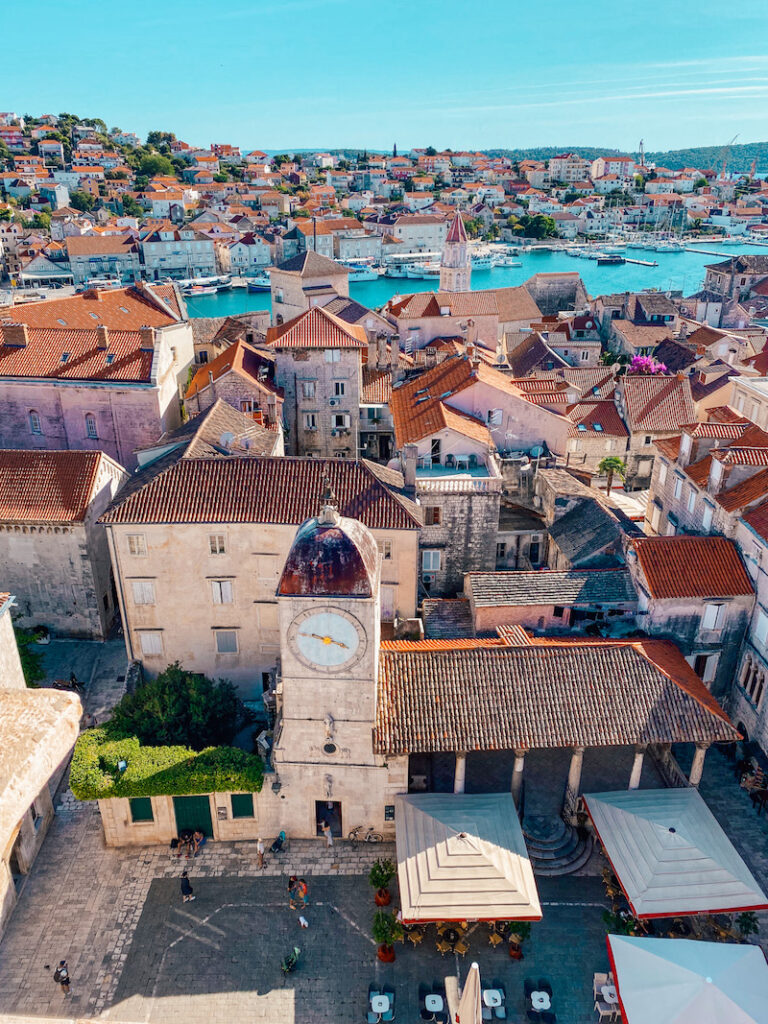Disclaimer: This post contains affiliate links. At no cost to you, I might earn a small commission if you make a purchase through the links in this article.
One of the most popular countries in the Balkan Peninsula, Croatia is home to a stunning coastline with piercing turquoise waters and centuries-old medieval towns.
I created a deatiled list of travel tips for Croatia, to help you make the most of your visit!
While certain places in Croatia have become famous thanks to pop culture and TV shows (hello Games of Thrones), it’s a country with many cultural and natural sights that should be on your list. Many visitors explore country’s Dalmatia’s coast at length, while visiting inland cities like Zagreb only briefly.
In this article I’ll share my insight on traveling in Croatia and give you some tips on how to steer clear of some of the most common mistakes and have better experience when visiting the country.
PRO TIP: If you are planning a trip to Croatia, but don’t know where to begin, check my article that will help you to create your itinerary.
TOP TIPS FOR CROATIA: AN OVERVIEW
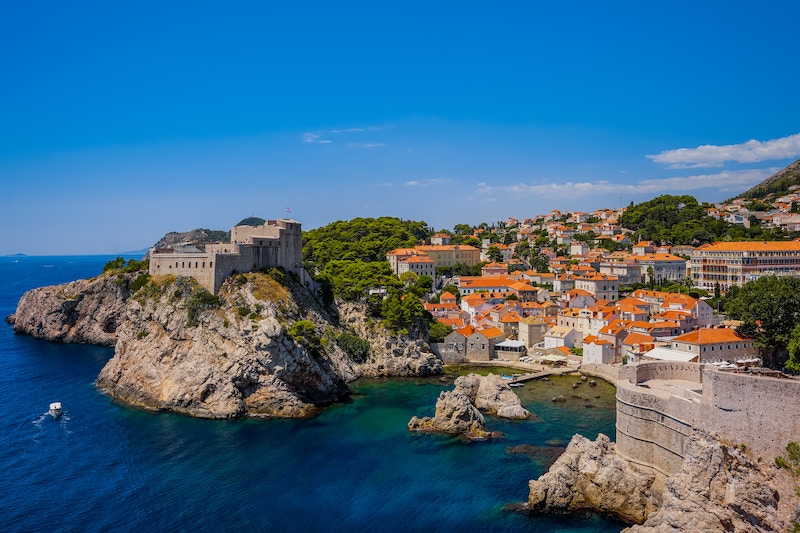
1. Visiting Croatia during the peak season
One of my top tips for Croatia is to visit the country during the shoulder season like October!
Summer is the busiest time in Croatia, especially around the coast, when thousands of tourists come to enjoy the Mediterranean climate.
Not only it’s very busy and crowded in popular places like Dubrovnik and Split, but it’s also more expensive. Prices tend to be the highest on hotels and tours in July and August. And places like Plitvice and Krka National Park have huge traffic jams with thousands of tourists clogging the walkways.
I’m sure it’s NOT the experience that you are coming for.
For a better experience, visit Croatia during the shoulder season when it’s not too busy and prices are lower. Mid-to-late September is the perfect time as temperatures mild, prices on hotels are lower and crowds are smaller. May is also a great time to visit Croatia before the peak season begins.
2. Not creating a budget
If you plan to travel around the Balkan Peninsula, you should know that Croatia is one of the most expensive countries in the region. Prices are higher in Croatia on hotels, restaurants, and tours on average, especially during the peak season.
One of my top tips for Croatia is to have a budget!
Book your hotels and tours ahead of time, if you want to avoid overpaying on the spot.
Platforms like Hostelworld and Hotels.com are excellent tools for helping you to save hundreds of dollars as they offer great deals and points for stays which lead to great rewards.
3. Not doing basic research
Croatia is a wonderful country that could be a great budget destination for a smart traveler or a complete money trap for someone who doesn’t bother researching and looking for alternatives.
For example, if you do some quick research, you will find out that prices on accommodations in Croatia can be a bargain during the off-season.
Popular Dubrovnik is full of tourist traps from restaurants in the middle of Old Town where locals wouldn’t go to overpriced tours that charge premium prices.
Some cities in Croatia like Zagreb, offer free walking tours, and taking them is one of the best ways to learn a new location before going around on your own.
Both Plitvice and Krka National Parks offer reduced admission beginning at 4 p.m. that is aimed at lowering the number of visitors during the peak morning hours when the tourist traffic tends to be the worst.
If you have a travel budget, always check for alternatives, as there are ususally some!
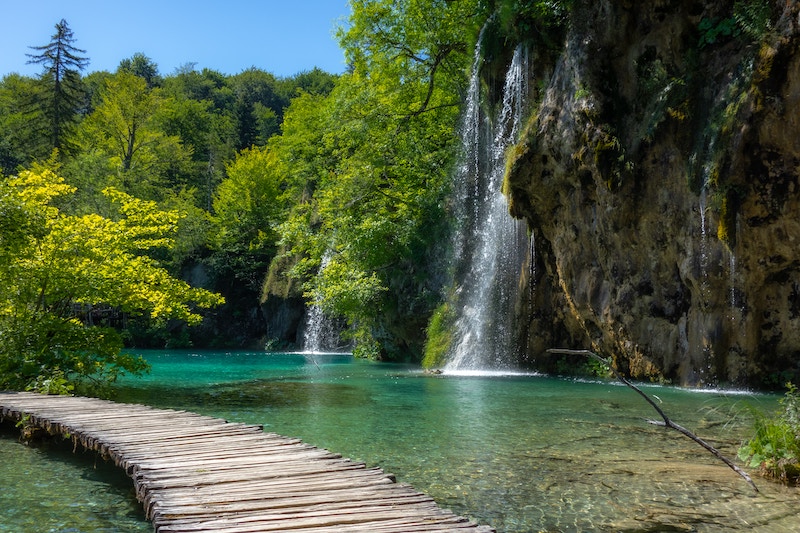
4. Traveling only along the coast
The Dalmatian Coast of Croatia is the most popular part of the country, and for a good reason.
Blessed with a warm sunny climate, clear turquoise waters, and medieval architecture, this stretch of Adriatic is a perfect summer destination.
And yet, Croatia also boasts many natural and cultural landmarks away from the famous Dalmatia.
Take Croatia’s northernmost Istria Peninsula or Zagreb, the underrated capital that feels more like a mix of Prague and Vienna than a typical coastal town. Whether you have a couple of weeks or just a short time in the country, one of my top tips for Croatia is to explore more inland.
5. Skipping islands in Croatia
Did you know that Croatia has over 1,000 islands along its coastline, only 48 of which are inhabited?
Island hopping is one of the most popular things to do in Croatia, and you should visit at least a few of them.
For example, if you visit Hvar, the most popular island in Croatia, you can rent a boat for a day or half a day and visit the surrounding archipelago with pristine untouched islands and hidden coves.
You can also get a day tour or Mljet National Park or the Elaphiti Islands while in Dubrovnik to see the untouched scenery of Croatia with no mass tourism.
6 … Or visiting just one island
If time is short, visiting multiple islands in Croatia might be tough. But if you have more than a week in Croatia, spend a day or two hopping across Croatia’s beautiful islands. One of the best options is to purchase a tour that will take you to several islands on the same day.
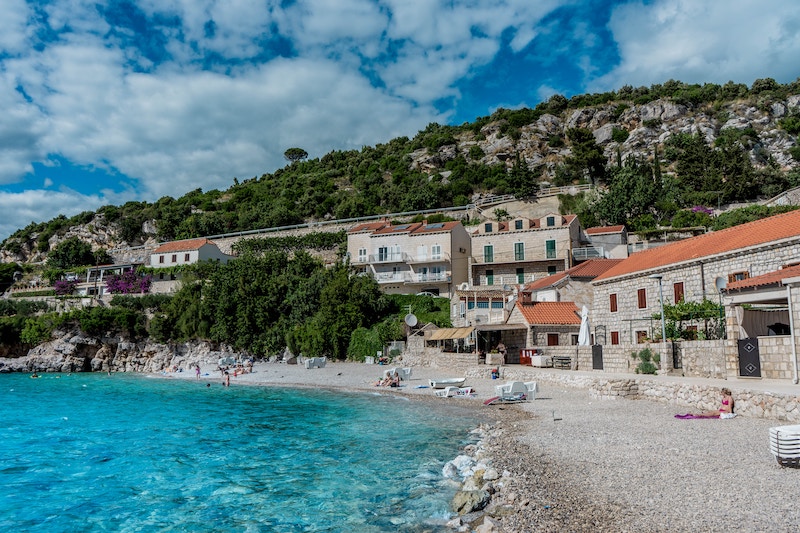
7. Thinking Croatia has sandy beaches
If you are thinking that you will be lazying around amazing white-sand beaches, I’m here to disappoint you.
Croatia’s coastline is mostly rocky, and while a handful of beaches have sand, for the most part, there are beaches with small pebbles that might require special shoes, as they can be tricky to walk on.
Still you can rent a chair or sun lounger in many places to enjoy your stay instead of sitting on top of the pebbles.
8. Not venturing off the beaten track
As a popular country, Croatia has a well-established tourist route that most visitors tend to stick to.
Dubrovnik and Split are the top choices among many travelers coming to Dalmatia, with optional stops at Krka National Park, as well as islands Hvar and Bol.
But Croatia is so much more than that!
Along the Adriatic coast, there are many less-known islands such as Vis in southern Dalmatia or Cres and Pag in northern Dalmatia, and small towns like Sibenik and Zadar where few tourists go.
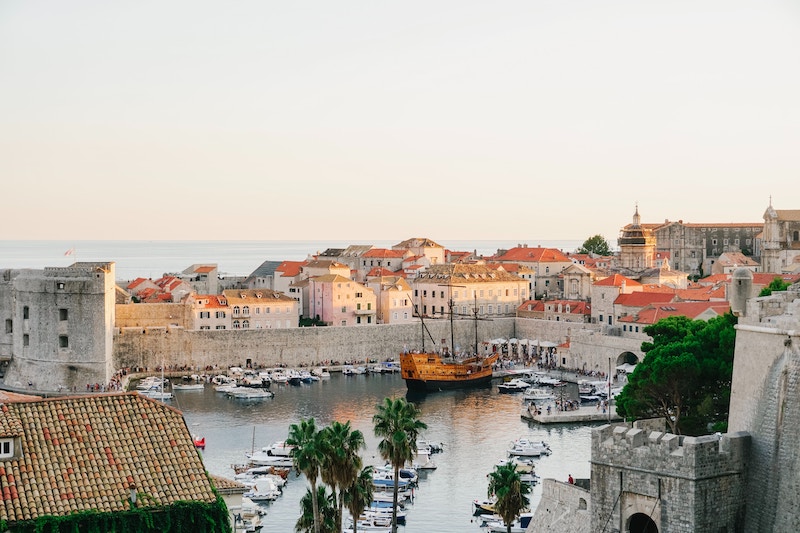
9. Staying in tourist areas
You probably know that you typically pay the top dollar for staying in trendy areas. Accommodations in popular areas like Old Town Dubrovnik or Split charge top prices, and restaurants there cater to tourists which means you will pay more than in restaurants where locals go.
When traveling in Croatia, look for places where locals eat and shop. This will help you to avoid tourist traps and skip unnecessary expenses.
10. Not learning basic Croatian
The Croatian language is not easy to master, especially if you don’t speak any Slavic languages, and yet, knowing some basic phrases could be very helpful if you plan to travel around the country.
Most people who work in the tourism industry will speak English since tourism plays such a big part in the country’s economy, but it can be beneficial to know a few words in Croatian to make a good impression and get on better terms with locals.
The countries surrounding Croatia were all parts of former Yugoslavia, and their languages are very similar to Croatian, which means you will most likely be able to use the Croatian words to communicate there as well.
11. Eating out every day
Trying a couple of local specialties is a must when traveling to any country, but if you eat out all the time while traveling in Croatia, it will quickly add up.
To skip extra expenses, buy groceries and cook your meals at home. This is very easy because Croatia has many Airbnb-style accommodations with kitchens where you can cook your meal and avoid going out to restaurants three times a day.
12. Eating in popular tourist areas
The high-peak summer season means higher prices in restaurants and cafes in popular places like Split, Dubrovnik, Zadar, and even less touristy Rovinj.
Avoid these high-traffic areas and try to research local places away from the main drag where most tourists don’t go.
It is not uncommon to pay over 100 kunas ($10 USD) for a simple meal at many restaurants in Old Town Dubrovnik, while more local places charge about 30-70 kuna for the same or similar entree.
13. Not researching hotels
Another important travel tip for Croatia is to get familar with the typs of local hotels before you book them.
While standards are high, and you will get a clean place and a friendly welcome in most cases, many guesthouses (or accommodations in private houses) along coastal areas come without an elevator. This could be challenging for travelers with limited mobility because these places are often on top of hills and take multiple flights of stairs.
Many owners are more than happy to help you with your luggage though.
On the other hand, larger hotels always come with elevators, so you don’t have to haul your luggage around. They also tend to be located in high-traffic touristy areas, unlike guesthouses that are often tucked in quiet residential areas.
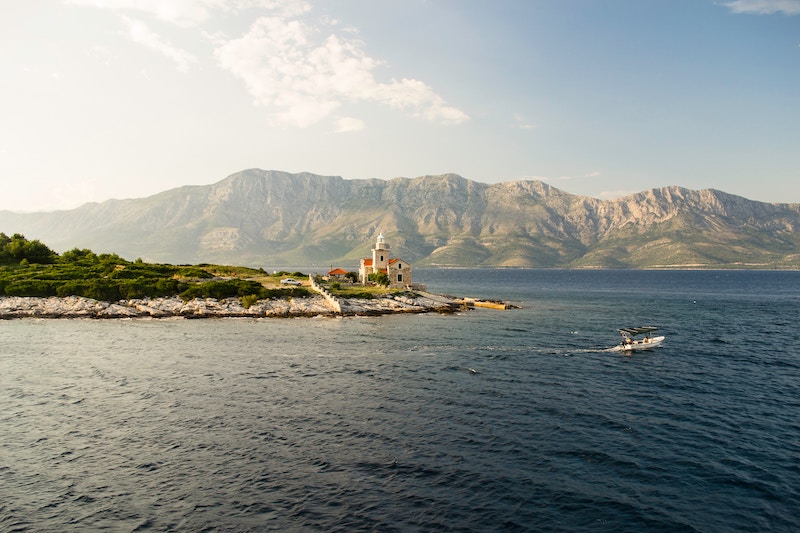
14. Not checking reviews of tour operators
Tourism makes up a big chunk of Croatia’s economy. The country has thousands of tour operators that cater to tourists and sell different tour packages. For example, in Split, you will find many agencies and small tour operators offering day tours to Plitvice and Krka National Parks.
While these tours might show you the same place, your experience will be different, so it’s you should always check reviews of a given tour operator to make sure you skip the operators with many bad reviews.
15. Expecting customer service like back home
Expecting customer service like back home is not something you should expect while traveling in Croatia. This is especially true if you are coming from the United States, and are thinking that customer service will be as fast and customer-oriented like back home.
If you are going to a restaurant, you will find a generally friendly attitude and English-speaking staff, but don’t expect your server to take an order immediately and check on you every couple of minutes to see if you need more water.
The service in some Craitian resturants that I’ve visited was somewhat slow, so don’t be surprised if it takes some time before your server brings you your bill. Just relax and go with the flow.
If you are in a hurry and need to tab out, politely ask if you could pay your bill.
16. Not learning Croatia’s history
Croatia used to be a part of former Yugoslavia, and got separated after a conflict in the ’90s. Learning this part of local history will help you to understand the identity of Croatia and its neighbors and learn about cultural and social trends in this region.
It will also help you avoid touchy subjects that not all locals might be willing to discuss.
17. Assuming Croatia is in Eastern Europe
Some people mistakenly assume that Croatia is in Eastern Europe just because it sits east of Germany. Geographically, Croatia is part of the Balkan Peninsula, and it would be wrong to say that it’s in Eastern Europe. It could get you some raised eyebrows from locals, so if geography is not your forte, take a look at the map ahead of your trip to understand the geography of Croatia.
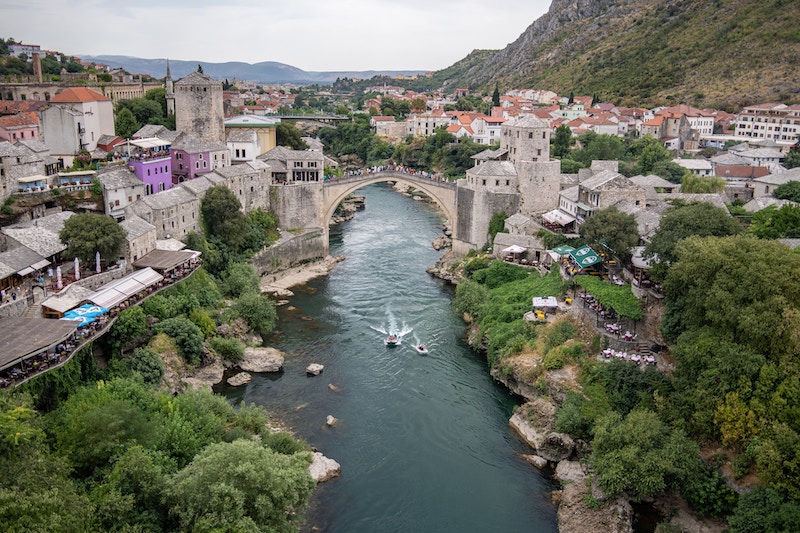
18. Not exploring the region beyond Croatia’s borders
One of the best things about Croatia is its strategic position in the heart of the Balkan Peninsula that makes it super easy to hop across the borders to see neighboring countries.
For example, Bosnia and Montenegro can be reached by bus from Dubrovnik, and places like Kotor Bay and Mostar make for a perfect day trip if you are craving a glimpse into a different culture.
Find out how to take a day trip from Dubrovnik to Montenegro
Many tour agencies sell day trips to these destinations, which is a great option if you are new to the region, and want to get your bearings on things before taking independent trips.
From personal experience, I can say that if you decide to take one of these day trips, try to spend a night there and take a little bit of time exploring, so you don’t feel rushed.
19. Renting a car (or not)
Here’s the thing about renting a car in Croatia – While you technically don’t need it, it could make your trip easier and more convenient, as you don’t need tours and public transportation to get around.
That being said, Croatia has an excellent public transportation system, and you can easily get by bus around the country. Regional buses run to popular tourist destinations like Krka or Plitvice from Zagreb and Split and also serve smaller towns along the coast.
20. Thinking Croatia has euros
Croatia is part of the European Union, however, but it doesn’t use euros. The local currency is Croatian Kuna, but euros also can be used, especially around tourist areas.
Although credit cards are accepted in most places around the country, make sure to carry at least some local currency with you while you are traveling in Croatia.
TIPS FOR CROATIA: FINAL WORD
I hope my travel tips will help you to make the most out of your visit to beautiful Croatia, and have the best time. I’ve visited Croatia several time, and always had a great experience, and I’m sure you will too! If you have any questions about Croatia travel, don’t hesitate to ask me 🙂
